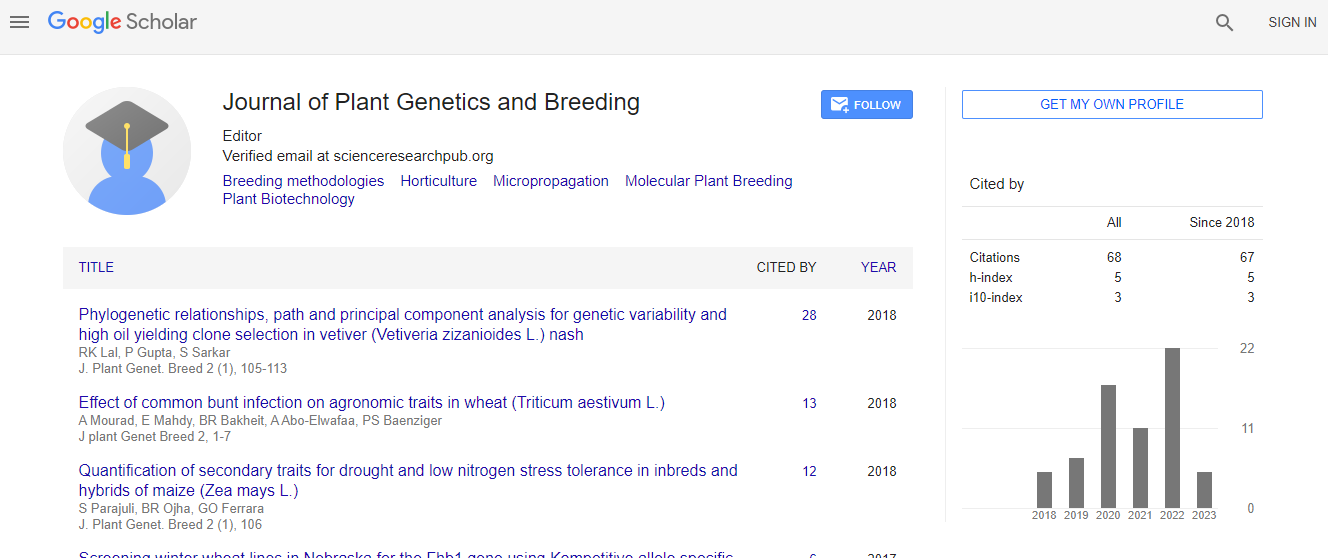Host specificity of Aceropghagus papayae Noyes (Hymenoptera: Encyrtidae), introduced parasitoid of Paracoccus marginatus Williams & Granara de Willink (Hemiptera: Pseudococcidae) into West Africa
*Corresponding Author:
Copyright: © 2020 . This is an open-access article distributed under the terms of the Creative Commons Attribution License, which permits unrestricted use, distribution, and reproduction in any medium, provided the original author and source are credited.
Abstract
Accidentally introduced into West Africa in late 2009, Paracoccus marginatus is found to damage a wide range of agricultural crops. Ever since it has spread throughout the continent. Amongst different control measures available, classical biological control appears to be the best strategy to reduce P. marginatus population. Acerophagus papaya was successfully used in P. marginatus suppression in the US, the Caribbean, and the Pacific islands. However, P. marginatus shares host plants with other important economic mealybugs. This suggested a test for the potential non-target effects to ensure that the introduction of A. papayae will minimally disrupt local mealybug biodiversity. The host stage susceptibility, preference of A. papaya to three mealybug species namely, Phenacoccus manicotti, P. Solenopsis and Ferrisia virgata compared to the target host, P. marginatus. They are found to share at least one host plant with P. marginatus. The suitability of the mealybug was evaluated under choice, with P. marginatus paired with one of the non-target mealybug, and no-choice test conditions. Foraging behaviour of the parasitoid recorded in one-minute time segments over a full hour shows that A. papayae parasitized all stages of P. marginatus except for the ovisacs. First and female + ovisacs being the less parasitized. However, A. papayae preferred the third and the pre-reproductive female. Overall, the presence of non-target does not affect the behaviour of A. papayae in host selection for oviposition. Our findings confirmed that the release of this parasitoid as a biological control agent in West Africa will pose minimal non-target risk.

 Spanish
Spanish  Chinese
Chinese  Russian
Russian  German
German  French
French  Japanese
Japanese  Portuguese
Portuguese  Hindi
Hindi 